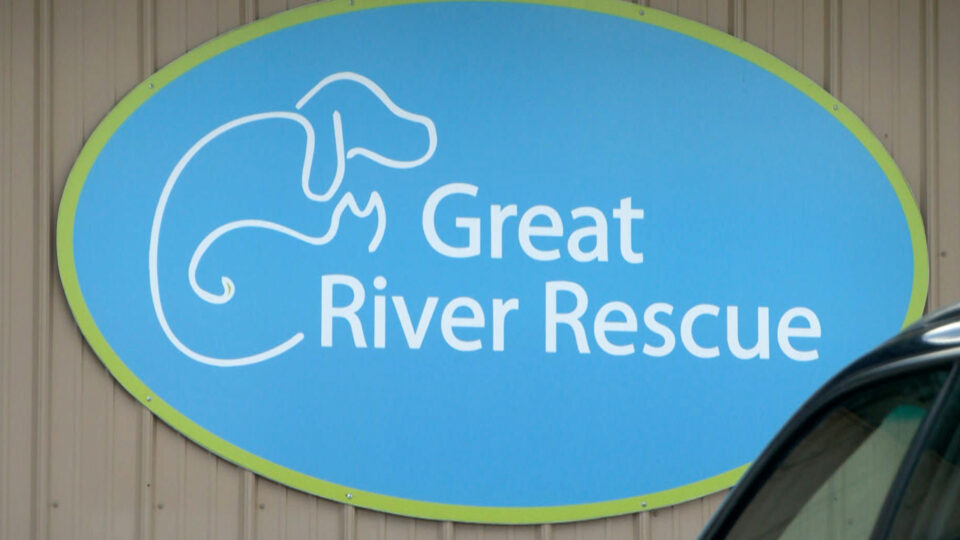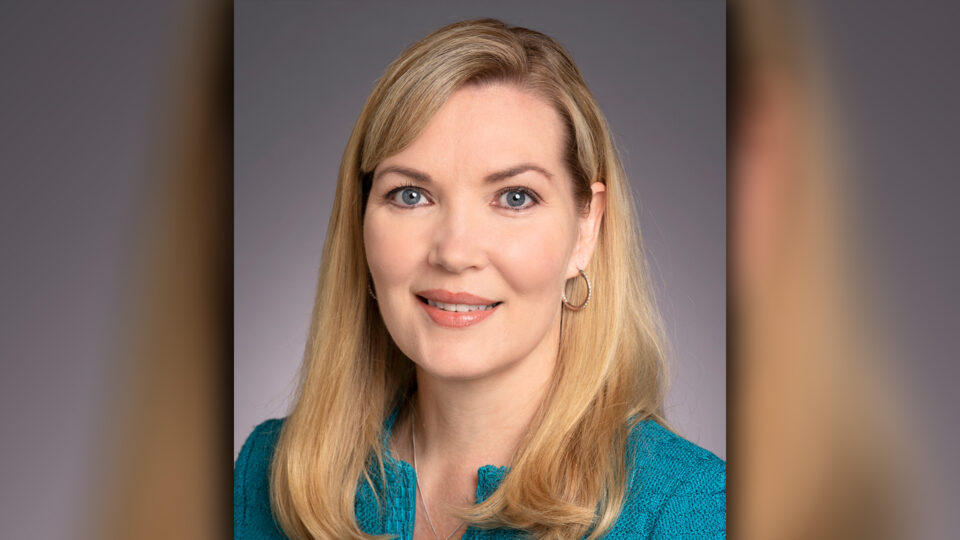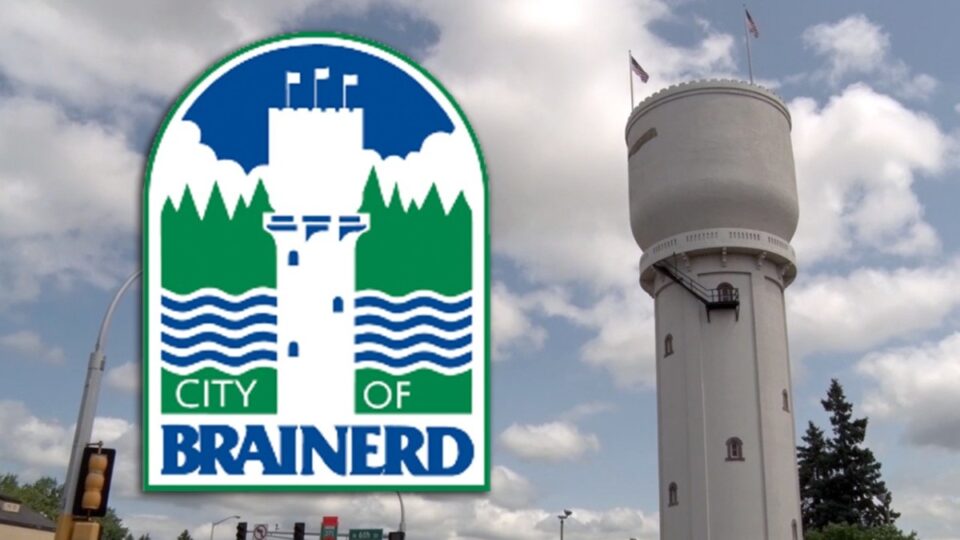Dec 7, 2021 | By: Lakeland News
Minnesota Budget Officials Project Huge $7.7 Billion Surplus
ST. PAUL, Minn. (AP) — Minnesota officials on Tuesday projected a whopping $7.7 billion surplus in the current state budget, a projection that sets the stage for debates in the 2022 legislative session over spending and taxes.
Minnesota Management and Budget said strong growth in income, consumer spending and corporate profits since the initial shocks of the pandemic have driven “extraordinary revenues.” And officials said higher tax receipts should continue due to the projected improvements in the state’s economic outlook.
“The last couple of years have been tumultuous,” Budget Commissioner Jim Schowalter said at a briefing for reporters on what he and other officials think is a record surplus for the state. “Today’s forecast shows that the state’s economy is emerging in a good place. It’s not an accident. There’s a lot of work that’s gone into this.”
The numbers were a huge leap forward from the agency’s last major revenue-and-spending projections in February, when it said an anticipated $1.3 billion deficit due to the pandemic had swung to a $1.6 billion surplus due to a rapidly improving economy.
Gov. Tim Walz said the extra money provides the means to expand economic opportunity for all Minnesotans. He credited his administration’s efforts to protect Minnesotans from the coronavirus and to help the state bounce back from the pandemic.
“This is what responsible policies look like,” Walz told reporters. “This is what happens when you can invest in people.”
Walz and Democratic lawmakers called the surplus proof that Democratic spending policies work, while positioning themselves against tax cuts for corporations and the wealthiest Minnesotans.
“They’re already doing fine. We’re happy that they’re doing fine. They don’t need more support from state government,” said House Majority Leader Ryan Winkler, of Golden Valley. “State government needs to be here to support people still struggling despite a strong and resilient economy.”
Winkler said the immense surplus is an opportunity to instead focus on supporting workers, families and small businesses through investments in paid sick leave, higher wages for essential workers, and affordable housing and child care programs.
“Our economy is strong because everybody is doing better off because of our support at the state level,” he said.
But Republican leaders urged caution. Republican Senate Finance Chair Julie Rosen, of Fairmont, and House Minority Leader Kurt Daudt, of Crown, backed tax cuts instead of more spending. Daudt listed educational tax credits, eliminating taxes on social security payments and moratoriums on energy and gas taxes as potential options. But he said Republicans don’t plan to seek tax cuts for corporations.
“We fully funded our state budget and now we see this huge surplus which means that we are collecting more money than we need to operate state government for Minnesota,” Daudt said. “There is no other answer than to give some of that back.”
The Republican leaders also backed averting a tax increase on businesses that’s due to take effect next month to cover the state’s unemployment insurance debts to the federal government.
That idea drew some support for Walz, who said, “We’ll fix it.”
Some of the new money is already spoken for, including a required contribution to fully fund the state’s $2.7 billion budget reserve. The new projections don’t include more than $1 billion in federal COVID-19 relief that hasn’t been parceled out. And they don’t account for how the rise in inflation will affect spending in the long term.
Nearly all the growth in the surplus was due to higher-than expected tax revenues. Schowalter said $3.1 billion of the money is effectively already in the bank. Only $364 million was due to lower-than-expected state spending, and the biggest part of that was due to lower public school enrollment as parents switched their children to home-schooling or private schools.
State Economist Laura Kalambokidis said Minnesota’s “extraordinary revenue growth” is consistent with what other states and the federal government are experiencing.
But Kalambokidis cautioned that there are still 19 months left in the budget period, and there are risks ahead that could reduce the surplus. The accuracy of the forecast depends on the path of the pandemic, including the impact of the omicron and any other new variants of the coronavirus, she said.
The forecast assumes inflations settles back into the 2% range late next year, but Kalambokidis said that depends on the resolution of supply chain blockages and people returning to the labor force. And she said any slower-than-forecast growth among major U.S. trading partners could reduce demand for American goods and slow U.S. economic growth.
“All this good news may lead some to think this wild ride’s all over, but as our hospitals remind us, COVID-19 is still here, it’s still dangerous. However, our economy is learning how to adapt,” Schowalter said.







